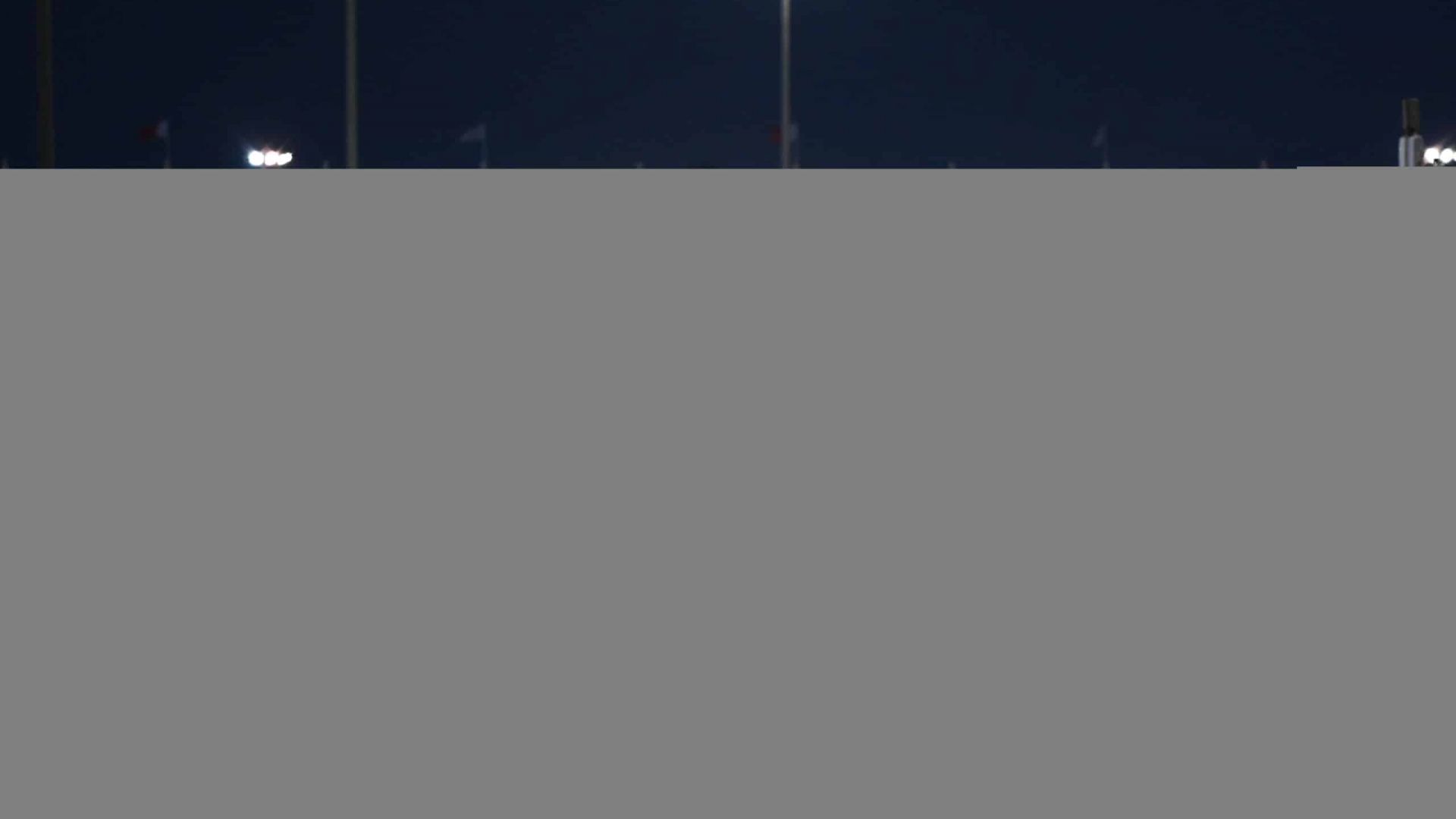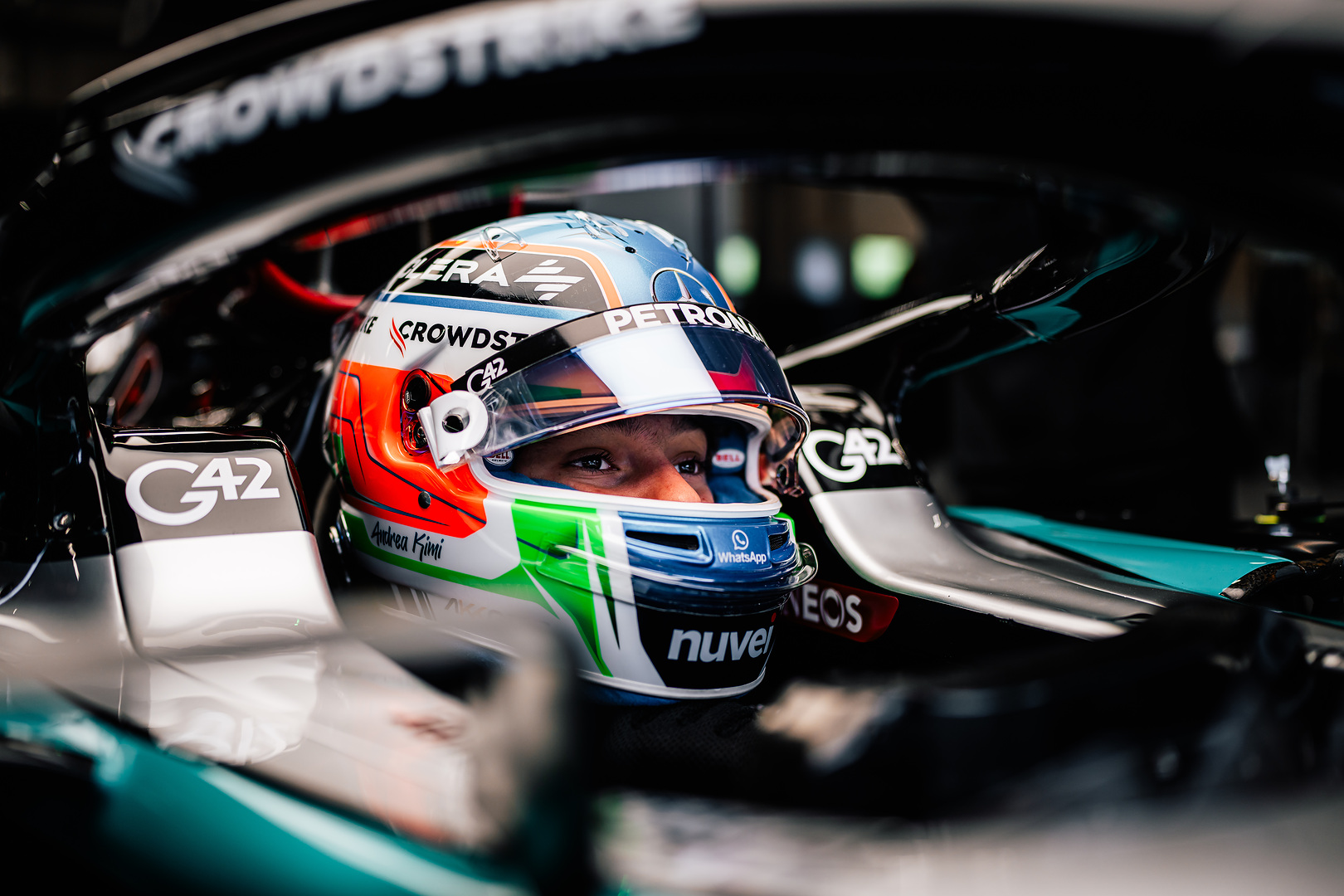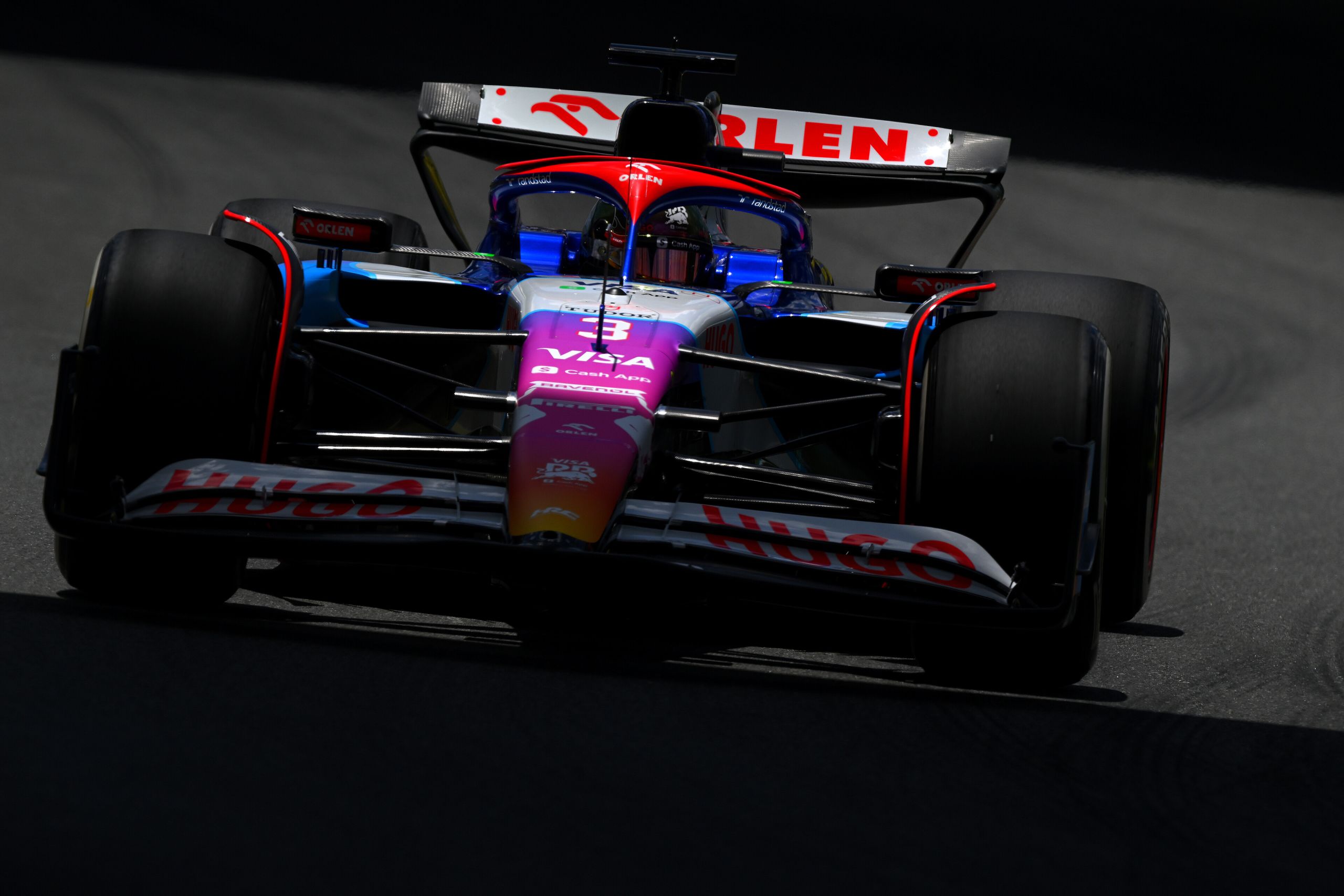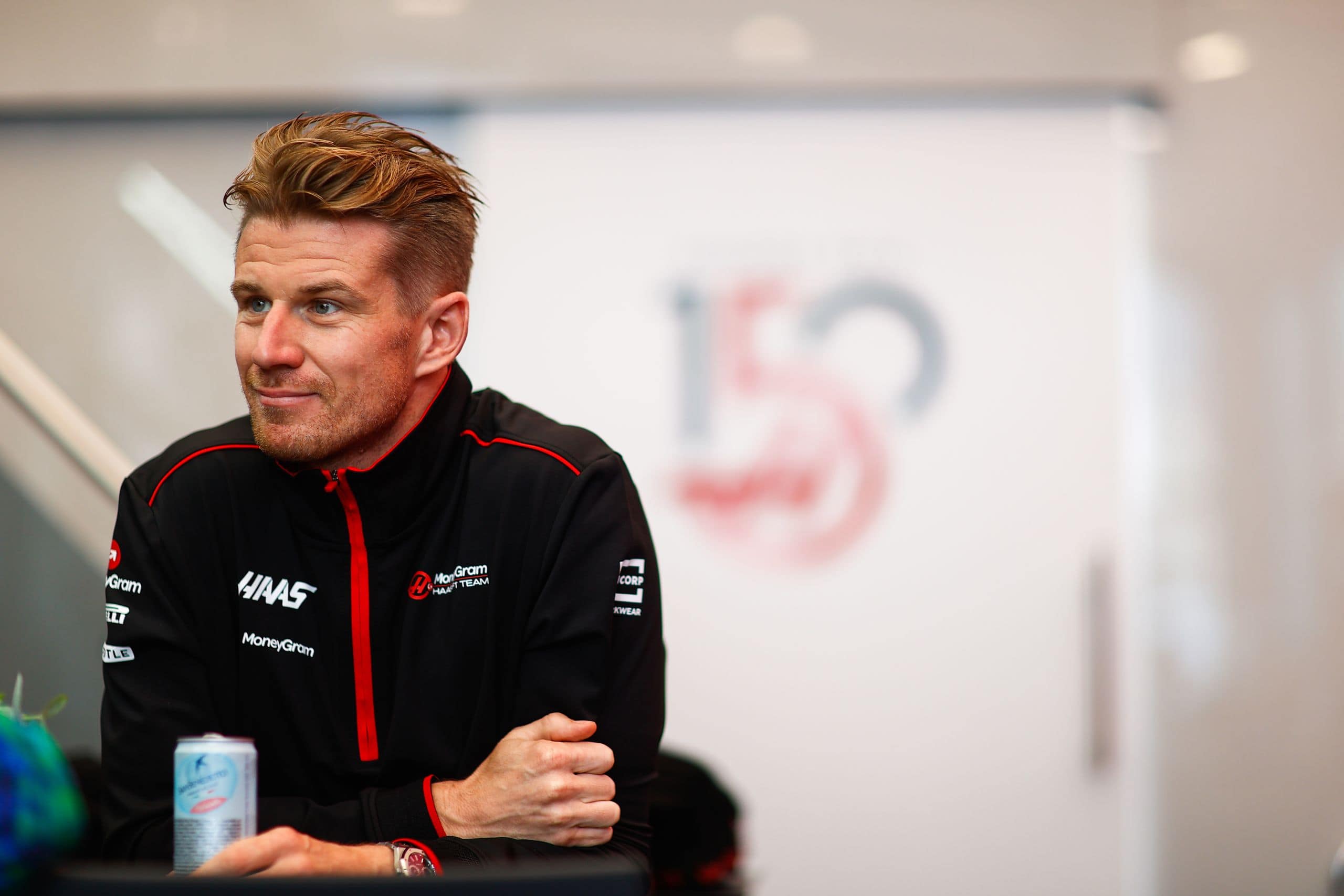How Fast Do F1 Cars Go In Bahrain?


Have you ever wondered just how fast do F1 cars go in Bahrain? At the Bahrain Grand Prix, Formula 1 cars demonstrate their awe-inspiring performance, with a top speed recorded by Carlos Sainz of 326.6 km/h at the speed trap. The track’s layout and long straights allow drivers to push their machines to the limit, showcasing the pinnacle of motorsport velocity.
F1 Cars’ Performance in Bahrain
The performance of F1 cars in Bahrain is characterized by their high speeds and the challenges posed by the circuit’s design, which tests the limits of downforce and speed.
Speed and Downforce
F1 cars are engineered to strike a balance between speed and downforce. On the Bahrain International Circuit, teams must configure their cars to maintain high speeds on the straights while ensuring sufficient downforce for cornering. The long flat-out section of the track, which is approximately 1.2 kilometers, is a testament to a car’s top speed capability.
Bahrain International Circuit Characteristics
The Bahrain International Circuit features a blend of long straights and tight corners. This layout demands a downforce level that provides stability through the corners without sacrificing much speed on the straights. The circuit’s characteristics push cars and drivers to their limit, as teams must find the optimal setup that suits both the technical aspects and the abrasive track surface, which can be harsh on tires.
Historical Speed Records
Historically, the Bahrain circuit has seen some rapid lap times, with the 2021 F1 car models like the Ferrari F1-75 setting outstanding records. Carlos Sainz, in the 2024 preseason tests, clocked in the fastest time over three days at this track, which is a benchmark for performance in the current F1 season. The evolution of car designs continues to contribute to the fluctuation of lap time records at the Bahrain International Circuit.
Teams and Drivers in Bahrain
The 2024 Bahrain Grand Prix serves as an early battleground for Formula 1 teams and drivers to test their mettle. Performance in Bahrain is often a solid indicator of the season ahead.
Top Contenders for the 2024 Race
Red Bull Racing, having performed consistently well in past seasons, field Max Verstappen and Sergio Perez. Verstappen has shown dominance on numerous occasions, and Perez’s strong performances contribute significantly to the team’s results. Ferrari, led by Charles Leclerc and Carlos Sainz, show promise as they aim to translate pre-season testing success into race results. Their recent fastest lap times in Bahrain test the capabilities of their new machine. Mercedes, with the experienced Lewis Hamilton and likely a talented teammate, should never be counted out of the equation due to their historical ability to adapt and improve as the season progresses.
Key Drivers and Their Form
Lewis Hamilton has demonstrated time and again that his skill and experience can extract the maximum from his Mercedes, even when the car is not the fastest on the grid. Max Verstappen, known for his aggressive driving style, continues to push the limits of Red Bull’s engineering, often securing pole positions and fastest laps. Charles Leclerc and Carlos Sainz at Ferrari are expected to leverage their momentum from pre-season testing, with Leclerc having high expectations after mixed results in previous seasons. Veterans like Fernando Alonso maintain their competitive edge, bringing experience to teams like Aston Martin. As for the rest of the grid, teams like McLaren, Alfa Romeo, Aston Martin, Haas, AlphaTauri, and Williams pack the midfield, each with drivers capable of challenging the established frontrunners on this demanding circuit.
2024 Race Strategy Insights
The Bahrain Grand Prix is a challenging event where qualifying performance and the right race strategy make the difference between victory and defeat.
Qualifying and Race Strategy
In 2024, the importance of a strategic approach to qualifying persists, potentially setting up a team’s prospects in the race. Teams calculate the trade-offs between preserving soft tyres for race stints against using them to secure a better starting position. The selection of tyre compounds and pit stop scheduling are informed by practice sessions, where teams gather data on tyre degradation and rubber build-up on the track.
Qualifying well can provide a competitive edge, as the Bahrain International Circuit is known for its mix of high-speed straights and tight corners, making overtaking challenging. A solid starting position allows teams to implement more flexible race strategies without the immediate pressure of traffic.
Impact of Regulation Changes
Changes to F1 regulations often shift the dynamics of race strategy. Teams adapt to regulatory changes affecting aerodynamics, fuel limits, or tyre usage, to exploit any potential advantages. These adaptations can be seen during practice sessions, where teams gather data under the new constraints. The FIA ensures that these changes enhance the sport’s competitiveness while maintaining the emphasis on driver skill.
The effectiveness of the DRS (Drag Reduction System) zones, designed to aid overtaking, is frequently evaluated under the new regulations to maintain a balance between racing spectacle and safety. Additionally, any changes to safety car deployment can impact the timing and frequency of pit stops, playing a critical role in adapting race strategy.
Technical Aspects and Regulations
Before exploring the subsections, it’s key to comprehend that Formula 1 car performance in Bahrain combines sophisticated engineering with stringent regulations that both enhance and limit capabilities.
Innovations in Car Engineering
Formula 1 cars are designed to extract every ounce of performance within the FIA regulations. In Bahrain, where speeds are high, teams focus on engine efficiency and downforce generation. The car aerodynamics are tailored for the Bahrain International Circuit’s 1.2 km longest straight, where minimizing drag is essential. Engineers often implement unique features within the car’s design that adhere to the technical regulations while aiming to maximize speed and cornering stability.
- Engine Optimization: Teams work meticulously on their power units to ensure they deliver maximum power output, especially critical on Bahrain’s long straights.
- Downforce and Drag: While downforce aids in corner stability, too much can increase drag, slowing the car down on straights. Teams strive for an optimal balance, especially in Bahrain’s mixed-section track layout.
- DRS (Drag Reduction System): This device, when activated in the designated zones, reduces aerodynamic drag to aid overtaking, increasing the car’s top speed temporarily.
Regulatory Constraints and Impact
The FIA’s technical and safety regulations ensure parity and competition. Recent regulation changes, including those aimed at reducing porpoising, have considerably transformed car designs. The balance between innovation and regulation is a delicate dance; the FIA continuously updates the rulebook to maintain safety and competition while containing costs.
- Regulation Change: The FIA outlines detailed specifications for engines, energy recovery systems, chassis, and more, which all teams must follow.
- Technical Aspects: Each area of the car, from the chassis to the Pirelli tires, is governed by technical regulations that dictate what is allowed and what isn’t.
- Safety and Cost: Stringent regulations also focus on reducing costs and increasing driver safety, influencing aspects like material usage and standard parts.





